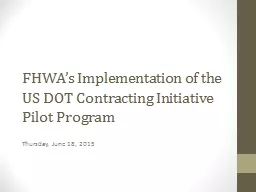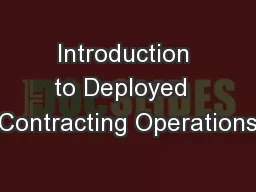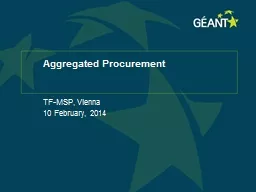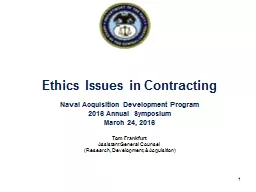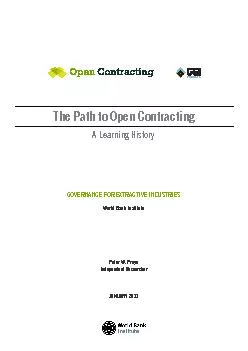PPT-1 Collaborative Contracting
Author : morgan | Published Date : 2023-11-04
Across Industries Matthew Jennejohn Associate Professor of Law BYU UNCITRAL Version 12 25 March 2019 Key Points Contractual networks are critical for growth
Presentation Embed Code
Download Presentation
Download Presentation The PPT/PDF document "1 Collaborative Contracting" is the property of its rightful owner. Permission is granted to download and print the materials on this website for personal, non-commercial use only, and to display it on your personal computer provided you do not modify the materials and that you retain all copyright notices contained in the materials. By downloading content from our website, you accept the terms of this agreement.
1 Collaborative Contracting: Transcript
Download Rules Of Document
"1 Collaborative Contracting"The content belongs to its owner. You may download and print it for personal use, without modification, and keep all copyright notices. By downloading, you agree to these terms.
Related Documents



